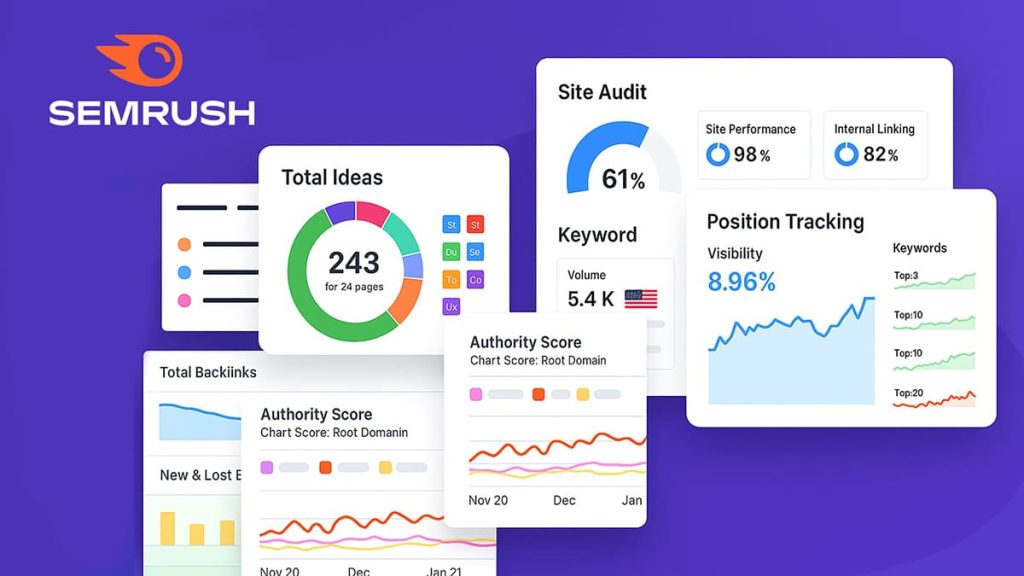I used to think editing was just part of the grind something you had to muscle through if you wanted decent content. But at some point (probably after another evening lost to trimming silence and syncing audio), I started asking: why does this still take so long?
Turns out, I wasn’t alone. Most creators I know feel the same friction: the clunky software, the mental fatigue, the timelines that never quite behave. That’s when I started experimenting first with AI that just trimmed pauses, then with tools that redefined how I thought about editing altogether.
And now? I’ve got a streamlined workflow where AI handles the boring stuff, so I can actually enjoy the creative parts again. If you’ve ever wished for a few extra hours (or just less clicking and dragging), this guide might be exactly what you need.
Edit with words, not timelines
The first time I tried Descript, I felt like I’d been editing the hard way for years without realizing it. Instead of dragging clips across a messy timeline, I was simply editing a transcript like editing a Google Doc. You highlight a sentence, hit delete, and boom, that segment’s gone.
Need to clean up filler words or awkward pauses? There’s a prompt for that:
“Remove all filler words and long pauses over 1.5 seconds”
The overdub feature even lets you tweak voiceovers without re-recording. It’s not just faster it’s a complete mindset shift.
Automate the boring edits
Then there’s Wisecut. Think of it as your assistant editor that never complains. Upload a raw video, and it’ll cut silences, add background music, and generate subtitles all without you lifting a finger.
This is especially useful for long interviews or solo YouTube content. Before using Wisecut, I’d dread the post-recording slog.
And now ? Honestly, I haven’t touched a timeline in weeks. And yes it’s as liberating as it sounds.
To give you a clearer view, here’s a quick side-by-side:
| Tool | Main benefit | Best for |
|---|---|---|
| Descript | Text-based editing | Podcasts, tutorials |
| Wisecut | Automatic editing | Interviews, solo YouTubers |
These tools are the first real leap I’ve felt in video editing in years. They don’t just save time they shift your energy toward the parts that actually matter.
Next-level visuals with AI
Visual polish used to be the part I postponed. Color grading, background cleanup, tracking it felt like it needed a film degree or a full day. Then I discovered what Runway could do.
With just a few clicks, I was able to isolate the subject, remove the background (without a green screen), and apply cinematic effects that actually looked… good. Not overdone. Not cheesy. Just clean, modern, and oddly satisfying.
A simple prompt like:
“Apply cinematic LUT and remove background using green screen AI”
…and suddenly, I had a video that felt more like a polished studio piece than a DIY clip shot in my bedroom.
Subtitling and dynamic overlays
Now let’s talk captions because if you’re posting on social, they’re non-negotiable. Around 85% of social videos are watched without sound. That blew my mind, honestly. No wonder retention skyrocketed once I started using Veed.io for auto-captions.
Everything’s styled right out of the box: animated text, punchy layouts, resizing for TikTok or YouTube Shorts it’s a one-stop solution. And I’m not the only one who noticed the impact:
“Auto-captions improved retention by 38% on our IG videos.” Content strategist
Some of the features I’ve come to rely on:
- Professionally branded templates with clean animations
- Format presets that automatically fit TikTok, IG, or YT Shorts
- Easy logo uploads for a consistently polished, pro feel
Once you’ve unlocked this layer of AI assistance, it’s hard to go back. The visuals aren’t just better they work harder. (And yes, they’ve helped me keep people watching longer.)
Build your personal ai editing flow
Let’s be real there’s no one-size-fits-all magic tool for video editing. What actually works is finding a rhythm that suits you. That means mixing and matching the right tools, not chasing the “perfect” platform.
For me, building an AI-powered workflow came down to to one thing: simplicity. I didn’t try to do everything at once. I just tested, adjusted, and stuck to what felt smooth.
Here’s the core loop I still use today:
- Record raw video
- Upload to Descript → remove filler and long pauses
- Send to Veed → add captions, resize for social
- Final pass in Runway → background cleanup + visual filters → export
Pro tip: Start with just one tool see how much time it actually saves before layering more into your stack.
“Once the subtitles and audio cleanup were automated, I could finally focus on the message. Not the pixels.”
If you’re curious about going deeper and really building a scalable system, I break it all down in my full article on how to 10x your video creation with AI. It’s the roadmap I wish I had when I started.
Truth is, your flow doesn’t need to be fancy. It just needs to work with you not against your creativity.
Looking back, I didn’t set out to “build an AI workflow.” I just wanted editing to feel less like a chore and more like part of the creative process. One tool led to another, and suddenly, I had a setup that saved me hours and gave me back some sanity.
Of course, it’s not about replacing ourselves with robots. It’s about removing the bottlenecks that kill our momentum. The real magic happens when we stop fighting the tools and start flowing with them when we can finally focus on storytelling instead of scrubbing timelines.
Curious if a similar workflow could work for you? Or already using AI in your process and have a tip to share? I’d love to hear how you’re making it work drop a comment and let’s compare notes.








